On the day 21st day of August 1863, the skies of Lawrence were heavy with gloom as smoke rose from the ruins of the city. The sands of Lawrence had been moistened with the blood of her sons, and ashes wafted in the breeze.
Women became widows, sisters lost brothers, and the city of Lawrence fell on her face, tasting the bitterness of Quantrill’s cruelty in her mouth. This day would, long after the tragedy had faded into memories, be remembered as one of the most gruesome incidents of the civil war.
The event at Lawrence would be the aftermath of years and years of hostilities on the Kansas-Missouri border; bitterness had brewed on both sides of the border between anti-slavery Kansans and pro-slavery Missourians.
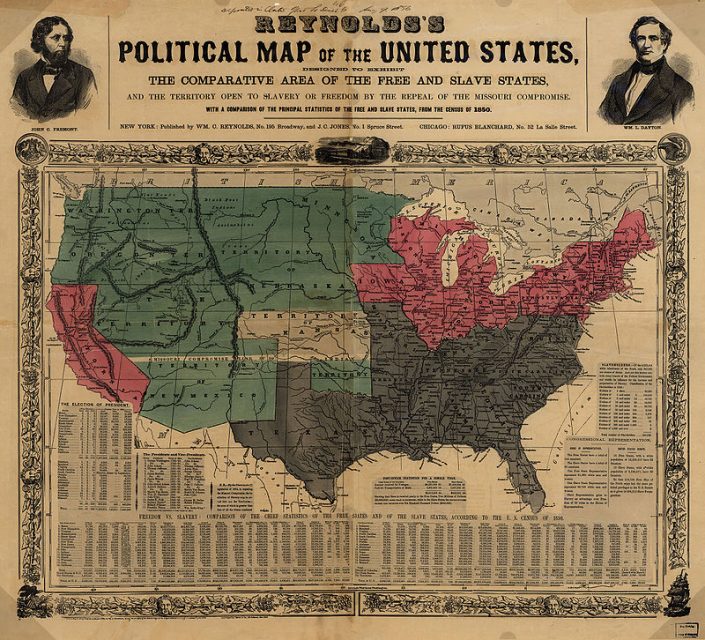
Following the Kansas-Nebraska Act, which established the new Kansas territory, the pro-slavery residents of Missouri feared the effect it would have on their internal economy if another free-state was built to the west—they were already bound to the east and north by Illinois and Iowa respectively, both of which were Free states.
At the same time, there were anti-slavery folks trooping into the Kansas City area in Western Missouri to establish settlements. This city would ultimately straddle the state line between the two states.
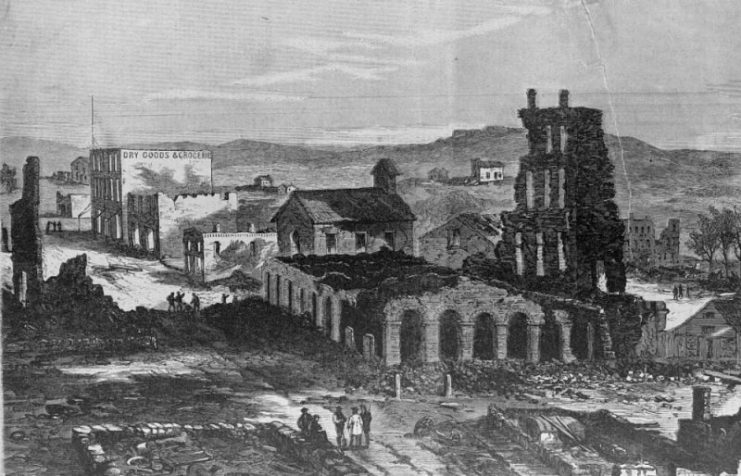
Each side of Kansas City was determined to make the other faction go away, and as time set the heat to their fiery ambitions, trouble burst forth, with each side hurling hostilities at each other; this border conflict became known as ‘Bleeding Kansas,’ and it birthed embers of anger which smoldered for years until the Civil War began in 1861 – then it burst into flames.
Leading the charge from Kansas was James Henry Lane, who was a veteran of the Mexican war, and a huge participant in Bleeding Kansas. Lane was obsessed with making the Missourians pay for the previous years of conflict along the Kansas-Missouri border, so in late March 1863, he led a band of fighters called the Jayhawkers (or Red Legs) on a series of raids on Harrisonville, Platte City, Osceola, Pleasant Hill, Butler, and Papinville, with the most prominent being the raid on Osceola.
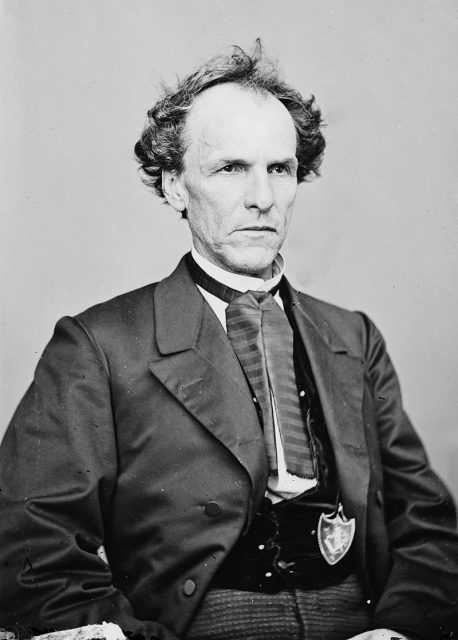
A reign of terror was brought upon the doomed city of Osceola as Jayhawkers ransacked the city, tearing it down, and executing nine men through a drum-head court-martial. The Jayhawkers had their headquarters in Lawrence, and this would make Lawrence a candidate for righteous revenge.
Also inspiring the event at Lawrence was the collapse of the Women’s prison in Kansas City wherein about 10 Missouri women, were incarcerated. About 5 young ladies died from the collapse, among them Josephine Anderson, 15 years old, who was a younger sister to William T. “Bloody Bill” Anderson. This would effectively put Bloody Bill on the list of about 450 confederate guerrillas who rode into Lawrence on that fateful day.
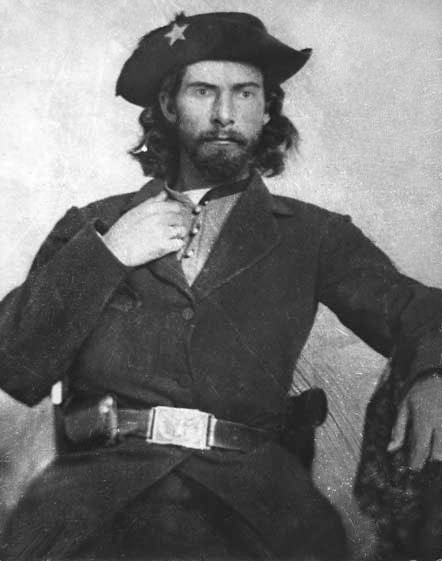
Also included in the list was Cole Younger, whose father was killed by the Kansans, and his mother made homeless after watching their house burn to the ground. Suffice it to say that every one of those raiders had a tale to tell, and their hands, callused from digging graves for their loved ones, and hearts already cold from years of agonizing losses, sought reprisal.
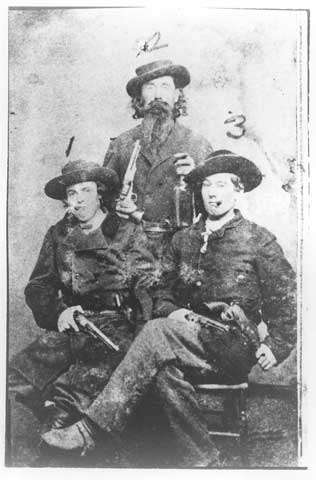
So on that fateful morning, when the sky of Lawrence was still pallid, and the inhabitants were crusty-eyed, 450 raiders from Missouri approached from several independent columns. A small group was sent to Mount Oread to serve as lookout. Leading the Raiders was William Quantrill, who had gained the confidence of guerrilla fighters of western Missouri and had earned their consent over the well-planned attack.
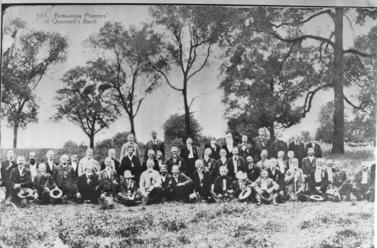
On arrival, Lawrence, to their surprise, was eerily quiet and peaceful as the city lay sleeping. This caused a brief tremor of suspense amongst the raiders suspicious there were Union forces lying in wait. They would tread carefully at first, but on Quantrill’s charge, they released their fury.
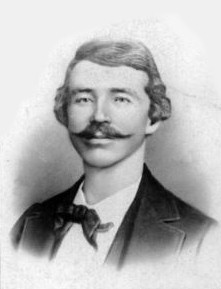
In the predawn hours of the day, the guerrillas struck. They struck so hard that it was regarded more as a massacre than a battle. The people of Lawrence had so little time to fight back as the riders slashed through a company of soldiers stationed at the town’s south end, slaughtering 20 of them.
They charged into town with a list of men to be killed and houses to burn—the plan was to kill only men or older boys, sparing women and young children. At the top of the list was James Henry Lane; others were John Speer, Ralph Dix, Hugh Fisher, Ed Fitch, and a host of other men, both young and old.
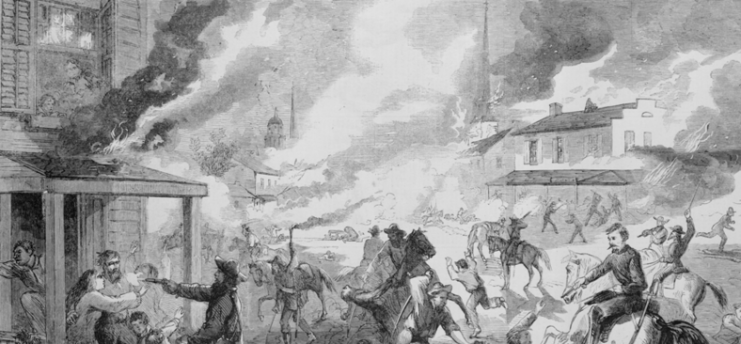
When the Raiders stormed the city, Lane was fortunate to have seen them. He escaped through a cornfield. Hugh Fisher was another lucky man, who escaped only because his wife had wrapped him in a rug and led him to safety as their home burned.
Others were not so lucky: Dix was murdered in his wife’s arms. They had sent a bullet through him as his wife pleaded, ignoring her cries. Also killed on that day was Ed Fitch, whose wife and children were made to watch as the brutal Raiders took his life. Mayor Callomore and his servant were drowned in a well.
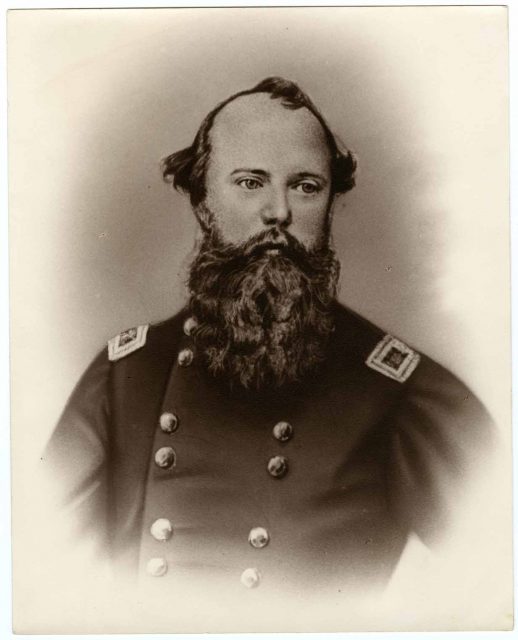
During the hours of the raid, a quarter of the houses in Lawrence were burned down, banks looted, and by the time they hit the road back to Missouri, they left behind a massive wreckage of a city buried in smoke and ashes, with a death toll hitting over 150 (all of whom were men, either young or old).
The raiders were chased by Union troops that had been informed of their presence and many were killed in fighting on their retreat back to Missouri.
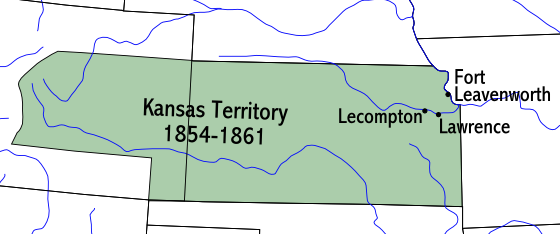
The aftermath of this event was heavy, as the General Order N0 11 was issued by General Ewing, evicting everyone from their homes in several counties of Western Missouri. This effectively created thousands of homeless Missourians.
Jayhawkers helped to enforce the Order, burning nearly everything to the ground. The Kansas-Missouri border was in flaming ruins. And while Lawrence slowly rebuilt, the smoke of western Missouri rose to the air. In the light of this devastation, this portion of Missouri became known as ‘The Burnt District’.
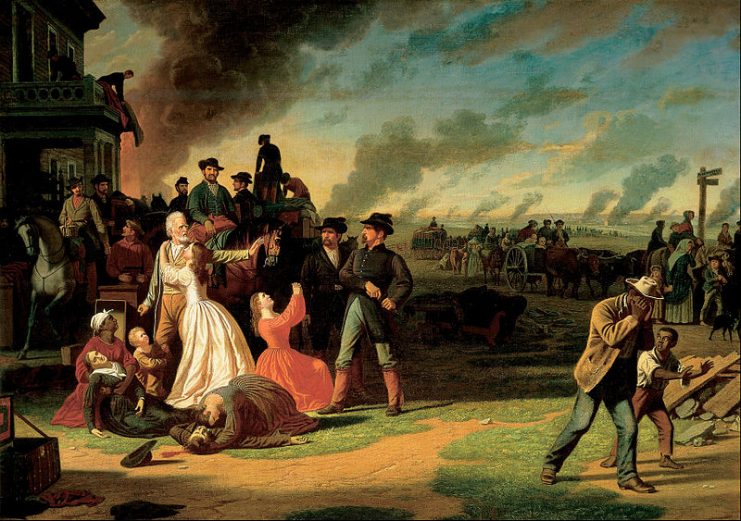
Over the years, the Missouri-Kansas rivalry has remained along the Kansas-Missouri border, albeit much less violent. The ramifications, however, still bring fierce arguments from everything from economic issues to college football and basketball.
